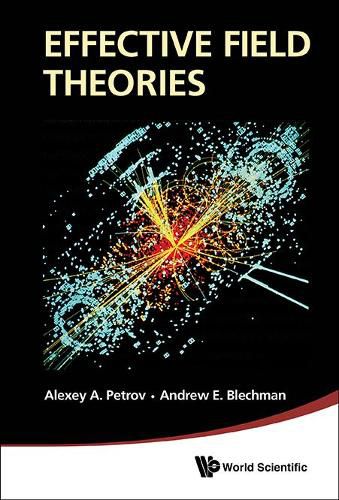Readings Newsletter
Become a Readings Member to make your shopping experience even easier.
Sign in or sign up for free!
You’re not far away from qualifying for FREE standard shipping within Australia
You’ve qualified for FREE standard shipping within Australia
The cart is loading…






This book is a broad-based text intended to help the growing student body interested in constructing and applying methods of effective field theory to solve problems in their research. It begins with a review of using symmetries to identify the relevant degrees of freedom in a problem, and then presents a variety of methods that can be used to construct various effective theories. A detailed discussion of canonical applications of effective field theory techniques with increasing complexity is given, including Fermi’s weak interaction, heavy-quark effective theory, and soft-collinear effective theory. Applications of these techniques to study physics beyond the standard model, dark matter, and quantum and classical gravity are explored. Although most examples come from questions in high-energy physics, many of the methods can also be applied in condensed-matter settings. Appendices include various factoids from group theory and other topics that are used throughout the text, in an attempt to make the book self-contained.
$9.00 standard shipping within Australia
FREE standard shipping within Australia for orders over $100.00
Express & International shipping calculated at checkout
This book is a broad-based text intended to help the growing student body interested in constructing and applying methods of effective field theory to solve problems in their research. It begins with a review of using symmetries to identify the relevant degrees of freedom in a problem, and then presents a variety of methods that can be used to construct various effective theories. A detailed discussion of canonical applications of effective field theory techniques with increasing complexity is given, including Fermi’s weak interaction, heavy-quark effective theory, and soft-collinear effective theory. Applications of these techniques to study physics beyond the standard model, dark matter, and quantum and classical gravity are explored. Although most examples come from questions in high-energy physics, many of the methods can also be applied in condensed-matter settings. Appendices include various factoids from group theory and other topics that are used throughout the text, in an attempt to make the book self-contained.